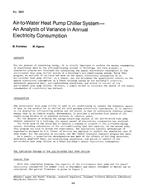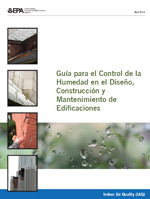Wind barriers are used in structures that have air-permeable thermal insulation materials. Their main function is to prevent the pressure differences from causing air flow-related heat loss through the building envelope. Wind barriers should not contribute to moisture problems in structures by causing condensation or moisture accumulation. Presents requirements for the airtightness of wind barriers and results of the hygrothermal analysis of wind barrier structures. The studied wind barrier structures were typical for small houses in Finland – timber-framed structures with lightweight glass wool thermal insulation. The air permeances and the parameter sensitivities were studied numerically both for ideal and non-ideal structures. In ideal structures, the material layers were assumed to be tightly (ideally) connected to each other, but in non-ideal structures there were air leakage routes (air cracks) at the interfaces of thermal insulation and adjacent material layers. The drying of moisture through different wind barriers was analysed in laboratory experiments under boundary conditions similar to those in practice, e.g., with outdoor temperatures below and above 0degC. The measured moisture flows were compared with those derived from a wet-cup water vapour permeability test. Also, the liquid flow along the interface of the wind barrier and glass wool was studied in full-scale experiments with high moisture loads.
KEYWORDS: year 1995, performance, heat flow, measuring, thermal properties, air tightness, wind barriers, pressure difference, air flow, moisture, Finland, timber framed construction, thermal insulation, mineral wool, leaking, air infiltration, laboratory testing, measuring, comparing, experiment, air permeability, permeability
Citation: Symposium, ASHRAE Trans. 1995, Vol.101, Part 1, Paper number CH-95-1-1, 525-527
Product Details
- Published:
- 1995
- File Size:
- 1 file , 1.2 MB
- Product Code(s):
- D-16766


